People as a Competitive Advantage
Natalie Morhous & Melanie Isbill, RaceTrac
Related Trend Reports
Art & Design, Branding, Business, Fashion, Food, Marketing, Pop Culture, Retail, Tech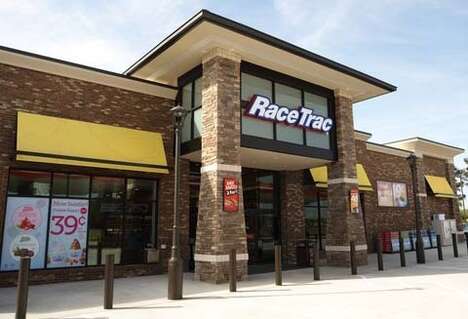 Headquartered in Atlanta, Georgia, RaceTrac operates nearly 400 convenience stores throughout the Southern United States. Founded in 1934, RaceTrac has a long history of successful adaptation and innovation in its industry.
Headquartered in Atlanta, Georgia, RaceTrac operates nearly 400 convenience stores throughout the Southern United States. Founded in 1934, RaceTrac has a long history of successful adaptation and innovation in its industry. Melanie Isbill, Director of Marketing at RaceTrac, is responsible for all communications (PR, social media, internal) as well as the coordination of all branding efforts (new private label groups, new initiatives, design group, market research). Melanie is responsible for creating the look and feel of the overall RaceTrac brand.
Natalie Morhous is the Director of Innovation and Strategy and works with senior leadership to set the long-term strategy and vision of the company. Natalie also leads the special projects team working on big cross-functional projects that RaceTrac undertakes. On the innovation side of things, Natalie drives creative thinking in the organization to see how RaceTrac can stay ahead.
4 Questions with Natalie and Melanie:
1. What makes an innovative culture? How do you create a culture of innovation at RaceTrac?
Natalie – RaceTrac really has a strong history of innovation and we’ve always been able to rely on our senior leadership to be actively testing ways that we can be different. Nothing is too big and nothing is too small; that’s something we drive throughout the entire organization. Recently we have taken innovation to the next level and really started to embed that into our culture. One way we are doing that is through a program where any employee can submit new ideas that they think RaceTrac should consider. We’ve come up with some ideas this way that our senior leaders would not have come up with on their own. That empowers all our employees, so whether we’re looking for the next game changer or a little innovation to make us incrementally better, people are our competitive advantage.
2. Do you have any specific rituals for re-setting your team to be creative? How does your team generate new ideas?
Natalie - Well on the incentive side we have a reward structure for the ideas as they move through our process. If an idea is chosen to be looked at by our innovation team you get a small reward and those get bigger and better the further through the pipeline your idea goes. We also have quarterly events to encourage people to submit ideas in exchange for a chance at prizes; in the past we’ve offered everything from pizza to iPads.
Melanie - On the creative front, once a project has been chosen we brainstorm ideas to get it moving forward. We generally kick off these brainstorming sessions with a creative activity. One thing we’ve done is show an image of children selling lemonade and tell everyone to come up with ideas to help them sell more lemonade. That focus can really help sometimes; if you’re told just to come up with new innovations without further direction it can be hard to find a starting point, but with a clear example and objective of selling lemonade you get a lot of really focused and creative responses. Another activity we’ve done in these meetings to kick it off is have everyone make something out of clay. Basically we try to keep the creative juices and ideas flowing.
3. What is the biggest challenge you face when innovating?
Natalie – We take a “the world is your oyster” approach to innovation. We want every single idea, but that can make it difficult to focus and decide which ones to move forward with. Like the lemonade example that we use in our meetings, focus can actually help you get more creative. We find ourselves challenged by a constant give-and-take; do we want to be really focused and pick specific areas to innovate – and then possibly miss out on whole areas we didn’t think of – or do we want to provide no limits to expand the scope of our innovation? It’s not an easy question to answer.
Melanie – Another issue we run into is that people tend to think any idea they have is either a bad one or that someone will already have submitted it. Convincing everyone that all their ideas are valuable is a big challenge, but our new processes that encourage and reward submitting new ideas is helping with this particular issue.
4. Looking to the future, how is RaceTrac going to be a leader in innovation?
Natalie – We do have a long history of innovating in this industry, but recently we’ve seen a blending of industries. Convenience stores are actually not our biggest competition when we’re also fighting against QSR, drug stores, grocery stores, dollar stores, and e-commerce retailers that have broadened the scope of the products they offer in recent years. So it’s exciting and challenging to try and innovate to stay ahead of the curve. To accomplish that we’re going to maintain the commitment to our leadership behind our whole program to reward our people for their contributions and also publicizing our appreciation for those ideas. We need to show people that we will put dollars and actions behind our words.
Melanie – I’ll just add that we’ve really updated our focus over the past several years to look at those less direct competitors that Natalie mentioned to see what they’re doing and if we can draw from that and implement our own innovations at RaceTrac.
References: racetrac
Featured Articles
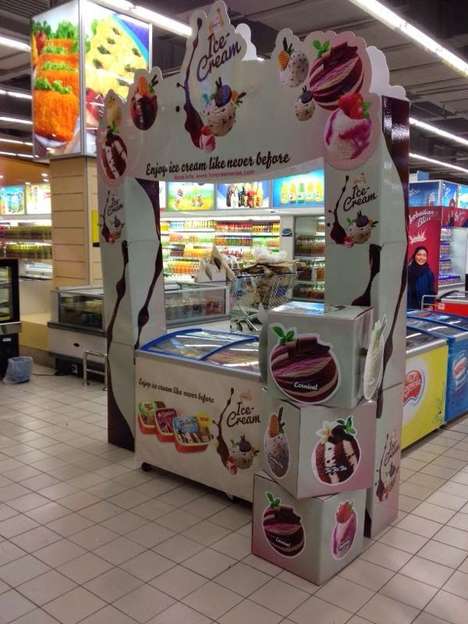
Whimsical Retail
Brands increase interest through over-the-top retail displays
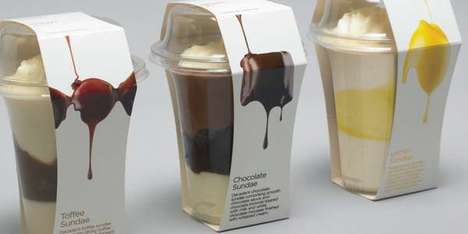
Surface Gourmet
Haute food packaging creates quality perception, regardless of contents
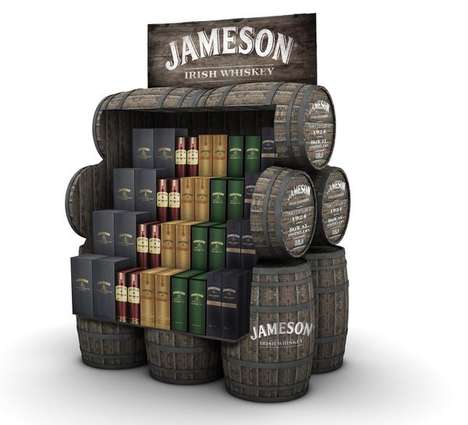
Display Escapism
Retail moves further away from the mundane to satisfy wanderlust
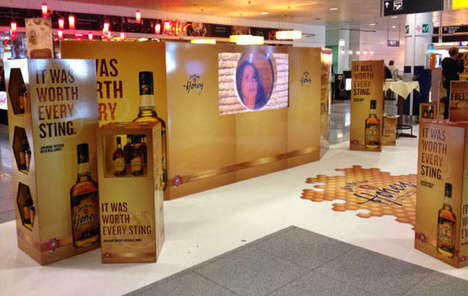
Experiential Pop-Up
Brands turn to experiential pop-up settings to enhance consumer engagement
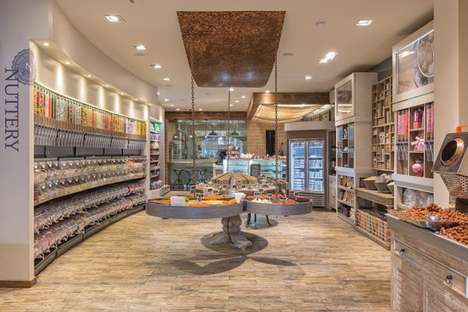
Grocer Marketplace
Brands illustrate freshness with farmer's market-inspired retail concepts
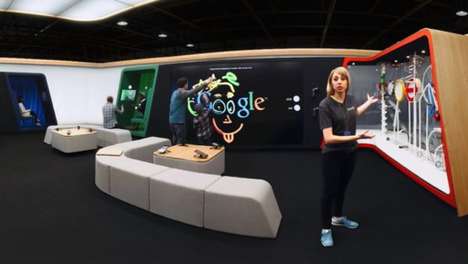
In-Store Projected
Projected displays create whimsy, interactivity and prestige
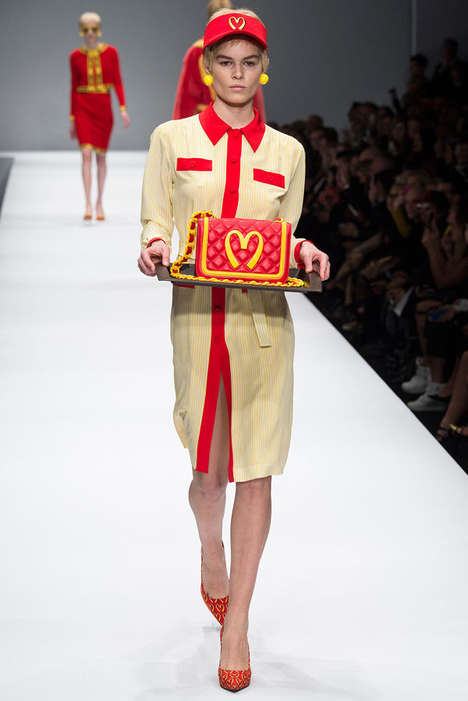
Glamorized Fast Food
Fashion designers adopt fast food aesthetics for cultural allure